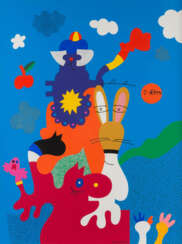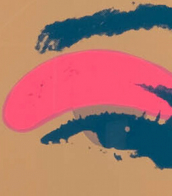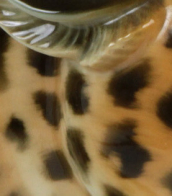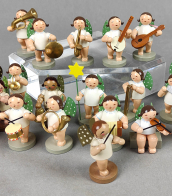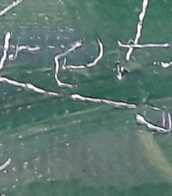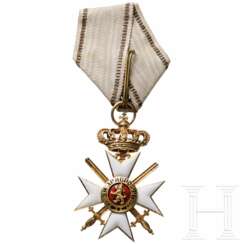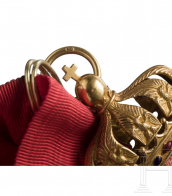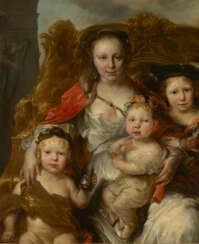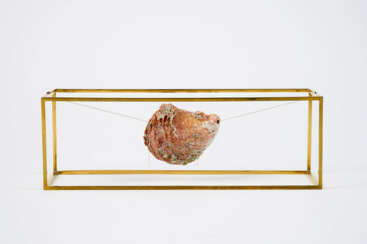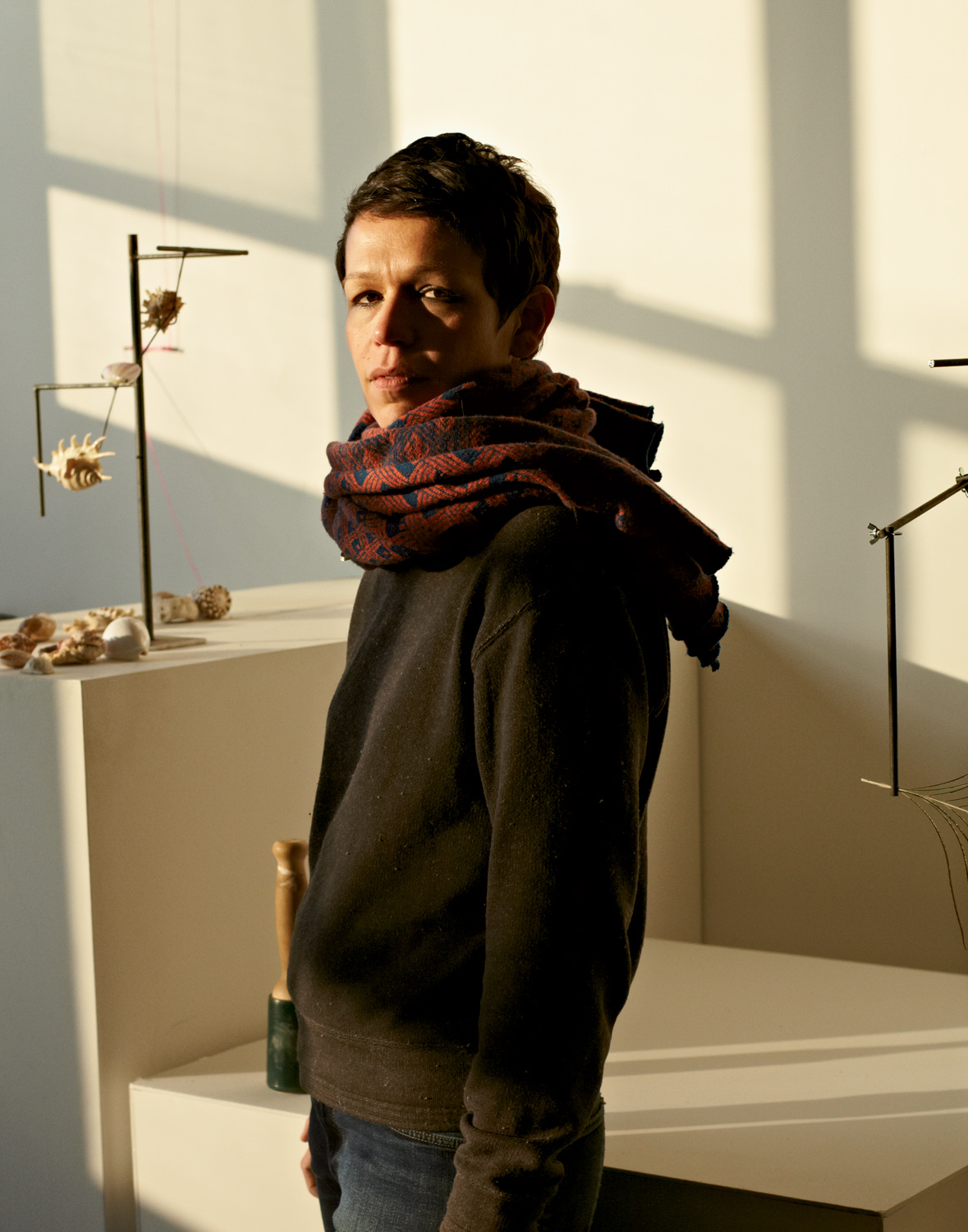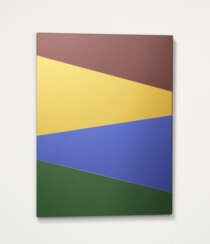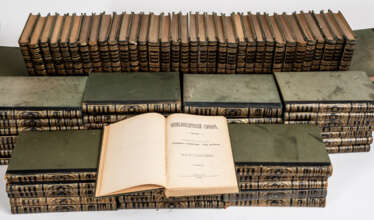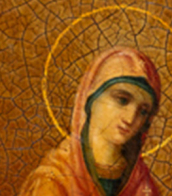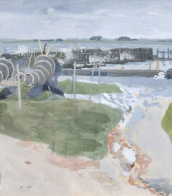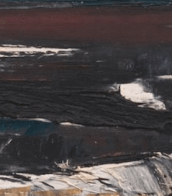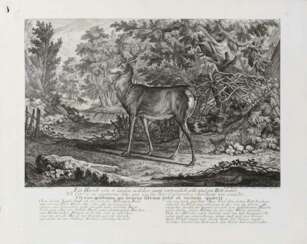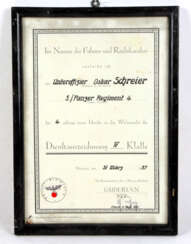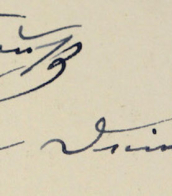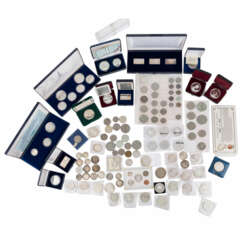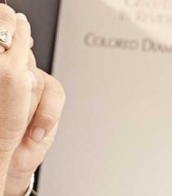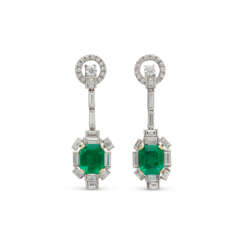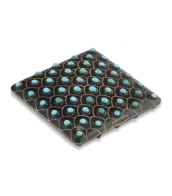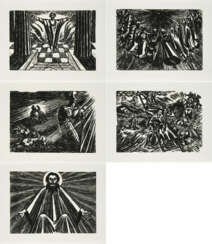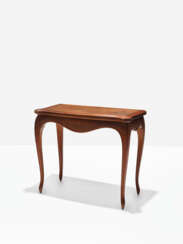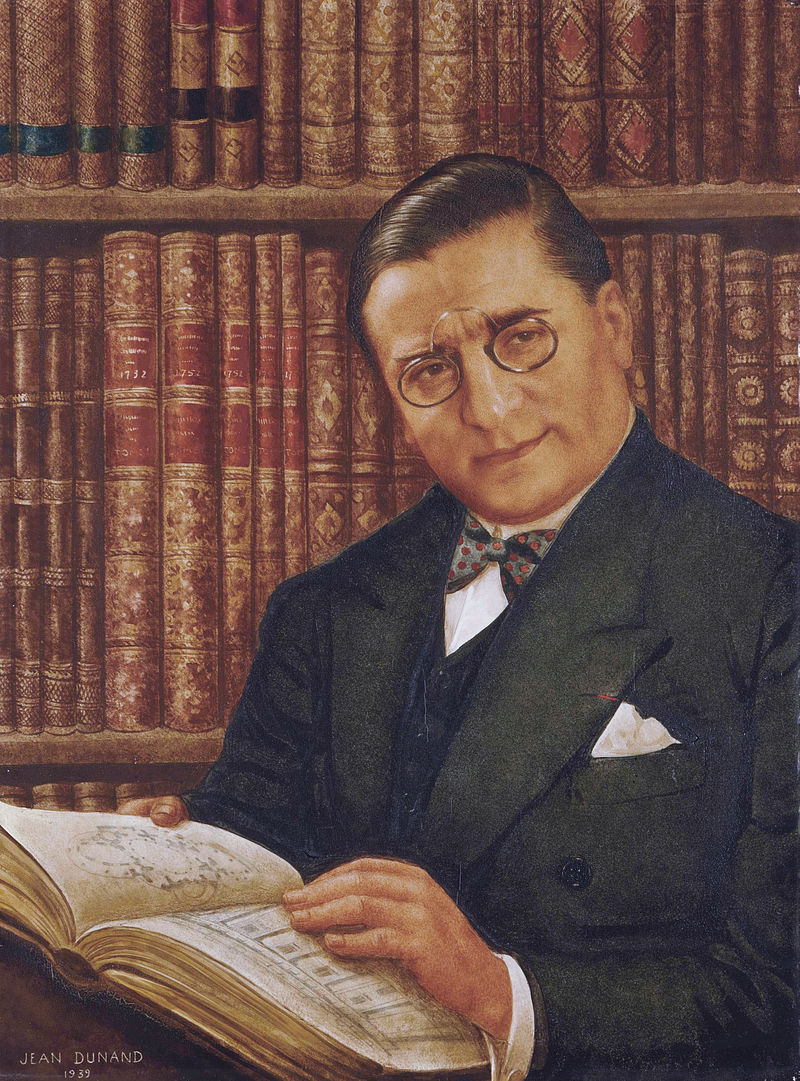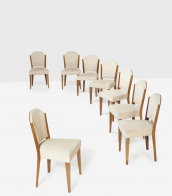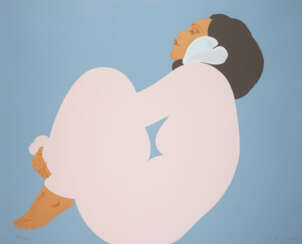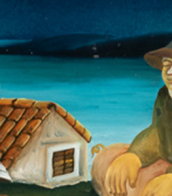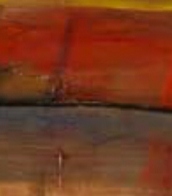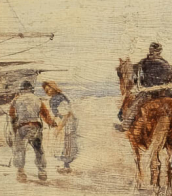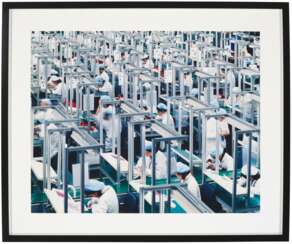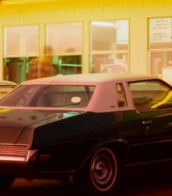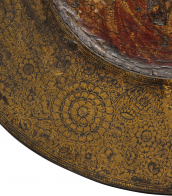5 x 86
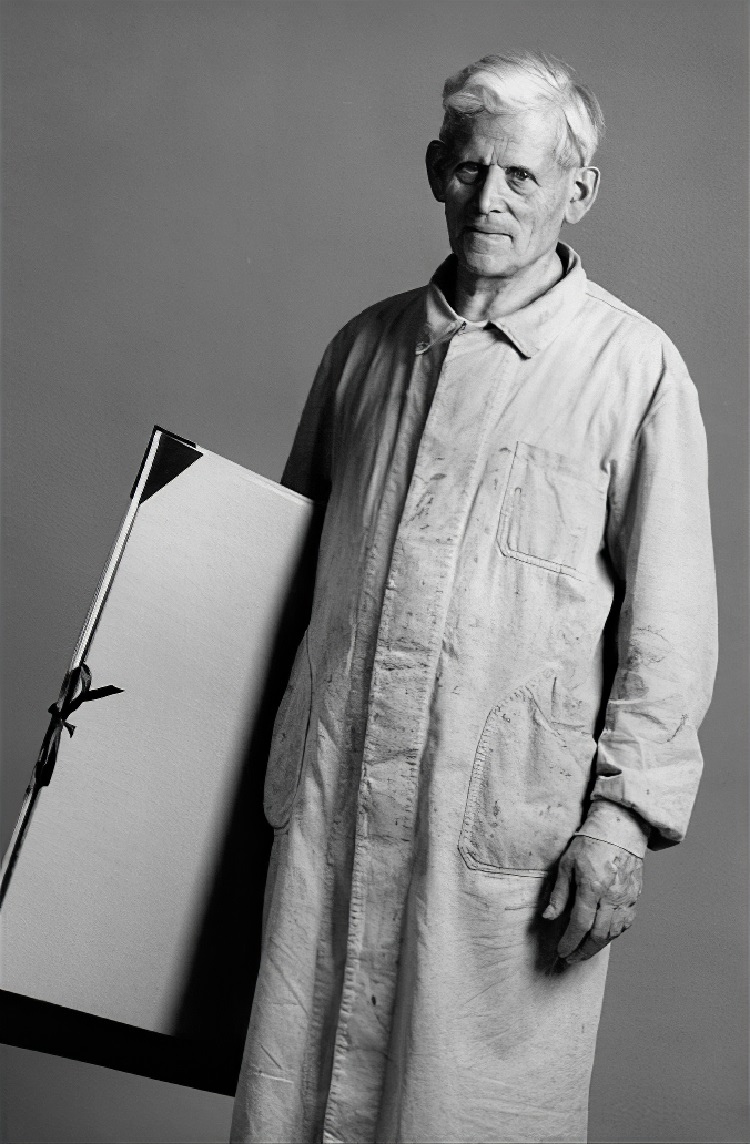
Heinrich Neuy is a German artist, furniture designer and architect. His design orientation was shaped by classical modernism. After training as a carpenter, he studied at the Bauhaus in Dessau under Josef Albers, Wassily Kandinsky and the architect Ludwig Mies van der Rohe.
Later, Heinrich Neu developed his own style, characterised by bold colour and abstract composition and dynamic form.

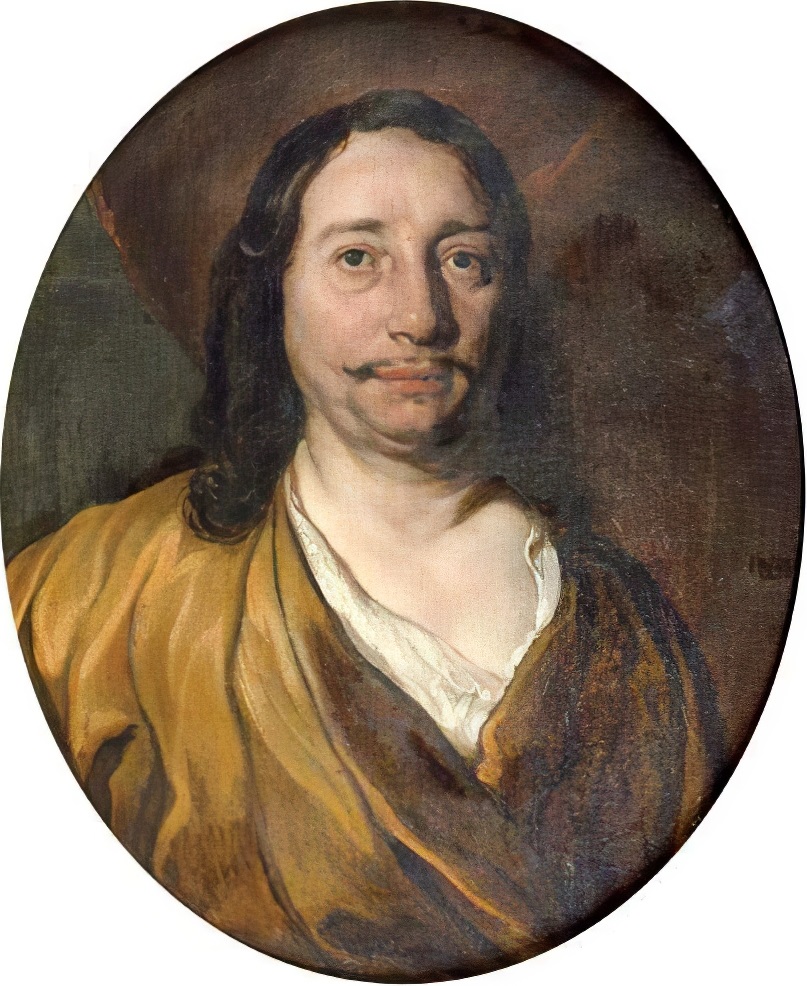
Jan van Noordt was a Dutch portrait painter of the Golden Age of Dutch painting. He is known for his paintings of historical and pastoral scenes as well as portraits, especially of children.
Jan van Nordt originally painted historical works for the free market: biblical and mythological scenes as well as scenes from popular plays of the time. In the late 1650s he began painting portraits by patronage, which allowed him to return to historical painting. During the 1660s his style moved from a dynamic elegance to a mature and rugged manner.
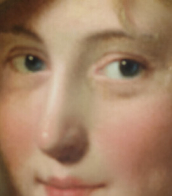
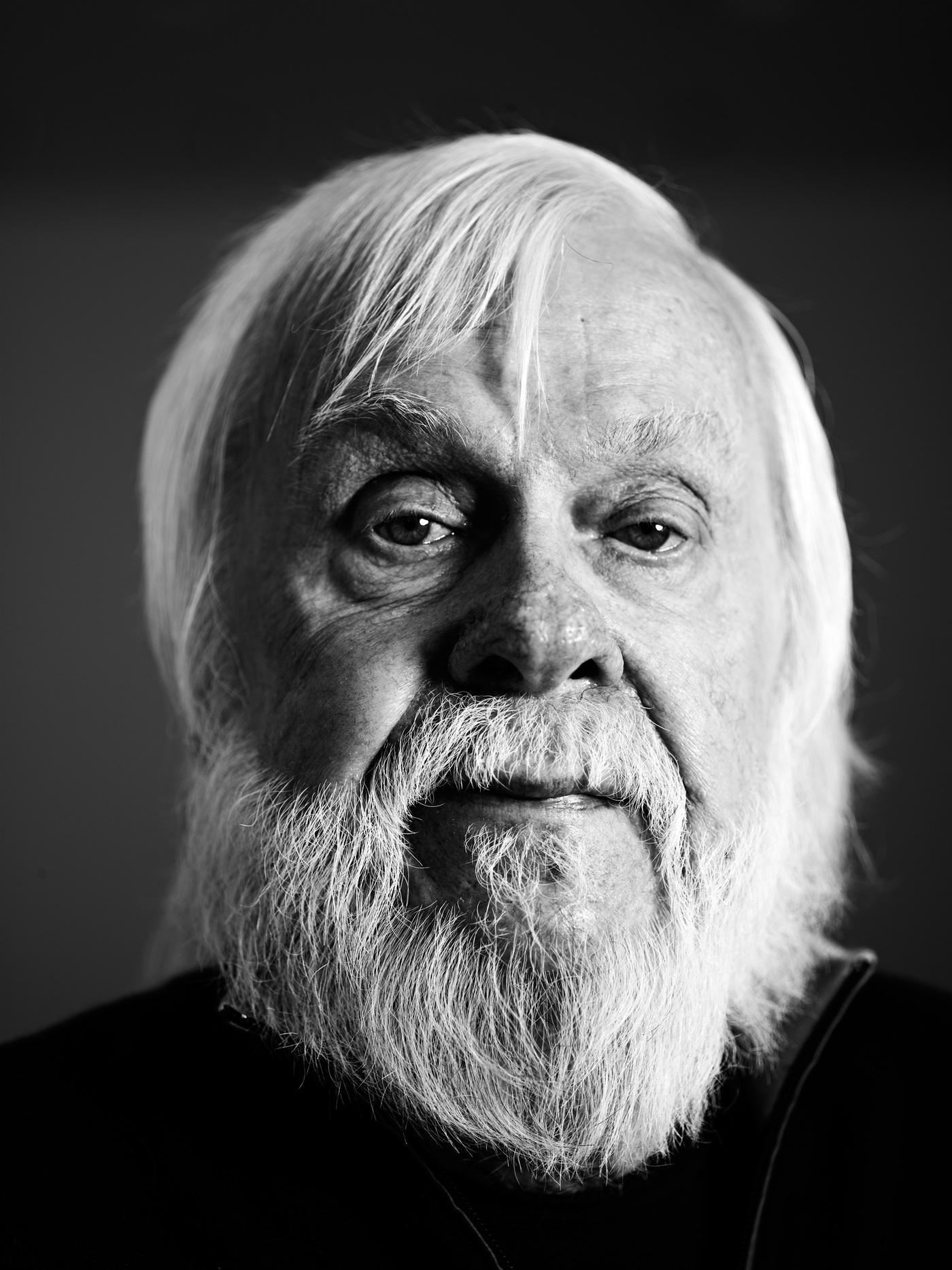
John Baldessari was an American conceptual artist known for his work featuring found photography and appropriated images. He lived and worked in Santa Monica and Venice, California.
Initially a painter, Baldessari began to incorporate texts and photography into his canvases in the mid-1960s. In 1970 he began working in printmaking, film, video, installation, sculpture and photography. He created thousands of works which demonstrate — and, in many cases, combine — the narrative potential of images and the associative power of language within the boundaries of the work of art. His art has been featured in more than 200 solo exhibitions in the U.S. and Europe. His work influenced that of Cindy Sherman, David Salle, Annette Lemieux, and Barbara Kruger among others.

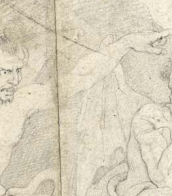
.jpg)
Ernst Heinrich Barlach was a German expressionist sculptor, medallist, printmaker and writer. Although he was a supporter of the war in the years leading to World War I, his participation in the war made him change his position, and he is mostly known for his sculptures protesting against the war. This created many conflicts during the rise of the Nazi Party, when most of his works were confiscated as degenerate art. Stylistically, his literary and artistic work would fall between the categories of twentieth-century Realism and Expressionism.

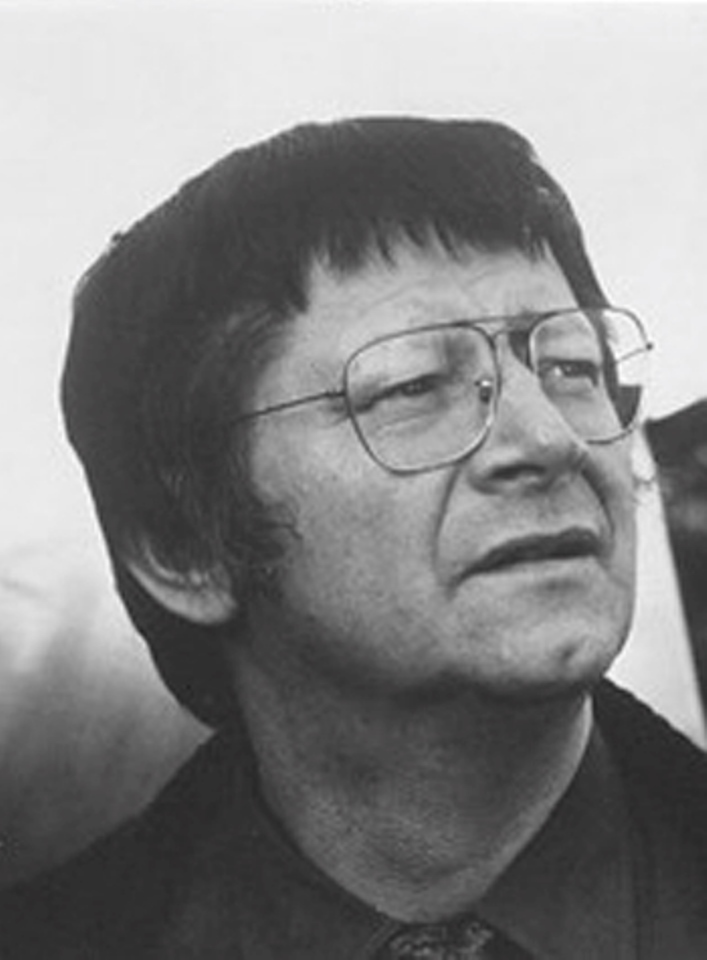
Otto Herbert Hajek was a German abstractionist painter, graphic artist and sculptor.

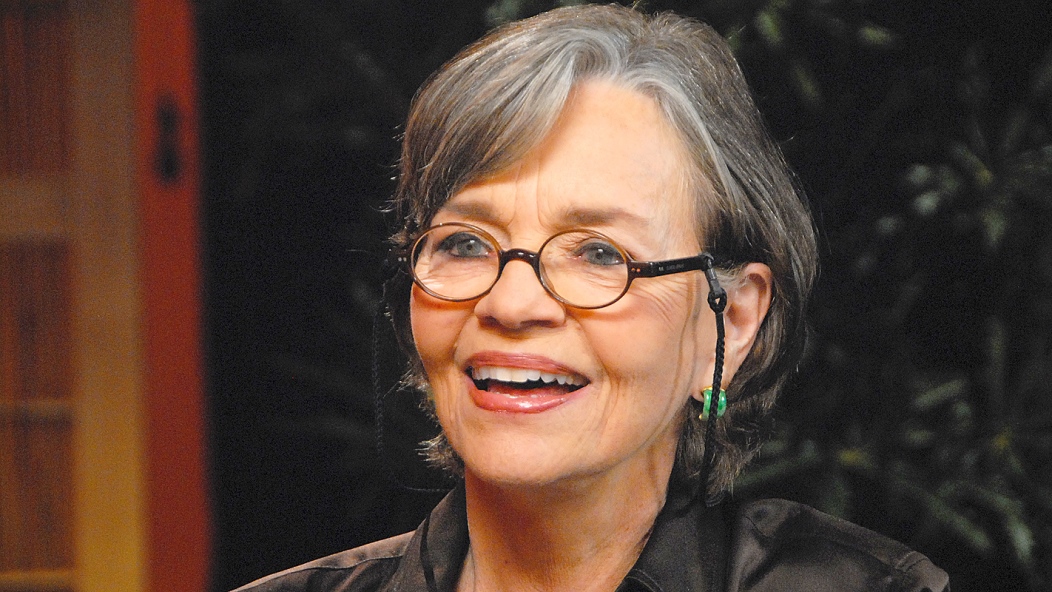
Pegge Hopper is an American artist.
She studied painting at the Los Angeles Art Center College of Design. In 1963 she came to Hawaii, which captivated her with its identity. Since then, she has made an invaluable contribution to the development of Hawaiian art, creating distinctive paintings depicting Hawaiian women.

